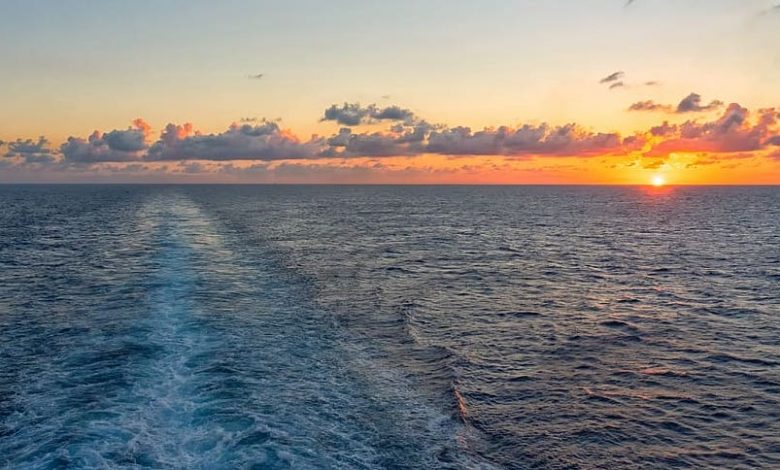Carriers ditching canal transits to save costs and soak up capacity

Carriers are ditching canal transits on backhaul trips from the US East Coast (USEC) to Asia and North Europe to Asia, opting to save fees and head via the southern tip of Africa instead. Soon they might start to do the same on fronthaul trips, moots Danish analysts SeaIntel.
Since the end of October 2015, 115 vessels deployed on Asia-USEC and Asia-North Europe services have made the backhaul trip to Asia by sailing south of Africa instead of through the Suez and Panama Canals, according to SeaIntel analysis. Of the 115 voyages, three were vessels on Asia-North Europe, while the rest were deployed on Asia-USEC. There are plans by carriers to switch more Asia-North Europe sailings to the south of Africa routing in the coming weeks, the consultancy suggested.
Now it seems likely some liners will look at adding an extra ship into their loops to make this canal-avoiding route on fronthaul trips too.
CEO and partner in SeaIntel, Alan Murphy commented: “Carriers considering the longer route will be mindful of the potential loss of business as a result of the longer transit times, but it should be remembered that carriers introduced slowsteaming without major opposition from shippers, who seem to value lower freight rates over shorter transit times. Potentially, we may see carriers offering business class fast services through the Suez Canal, and economy fare around the south of Africa.”
The SeaIntel analysis shows that 12 of the 19 dedicated Asia-North Europe services could sail south of Africa on the headhaul if 3.5 days was added to the transit time. The potential savings vary from service to service, ranging from $7.3m to $19.4m on an annualised basis, compared to the current routing through the Suez Canal. On top of this, with the extra 3.5 days transit time on the backhaul carriers could save around $5m per service in fuel savings, if the backhaul routing was rerouted to south of Africa, and this is in addition to the backhaul canal fee savings of approximately $20m a year per service. If instead carriers were to route the vessels through the Suez Canal on the backhaul, the extra 3.5 days of sailing time would not add any significant savings on the backhaul fuel consumption, due to the already low sailings speeds.
SeaIntel also notes that an added benefit would be the Africa trips would soak up 19 ultra-large container vessels, equalling roughly 270,000 teu helping the supply/demand balance in the market.
